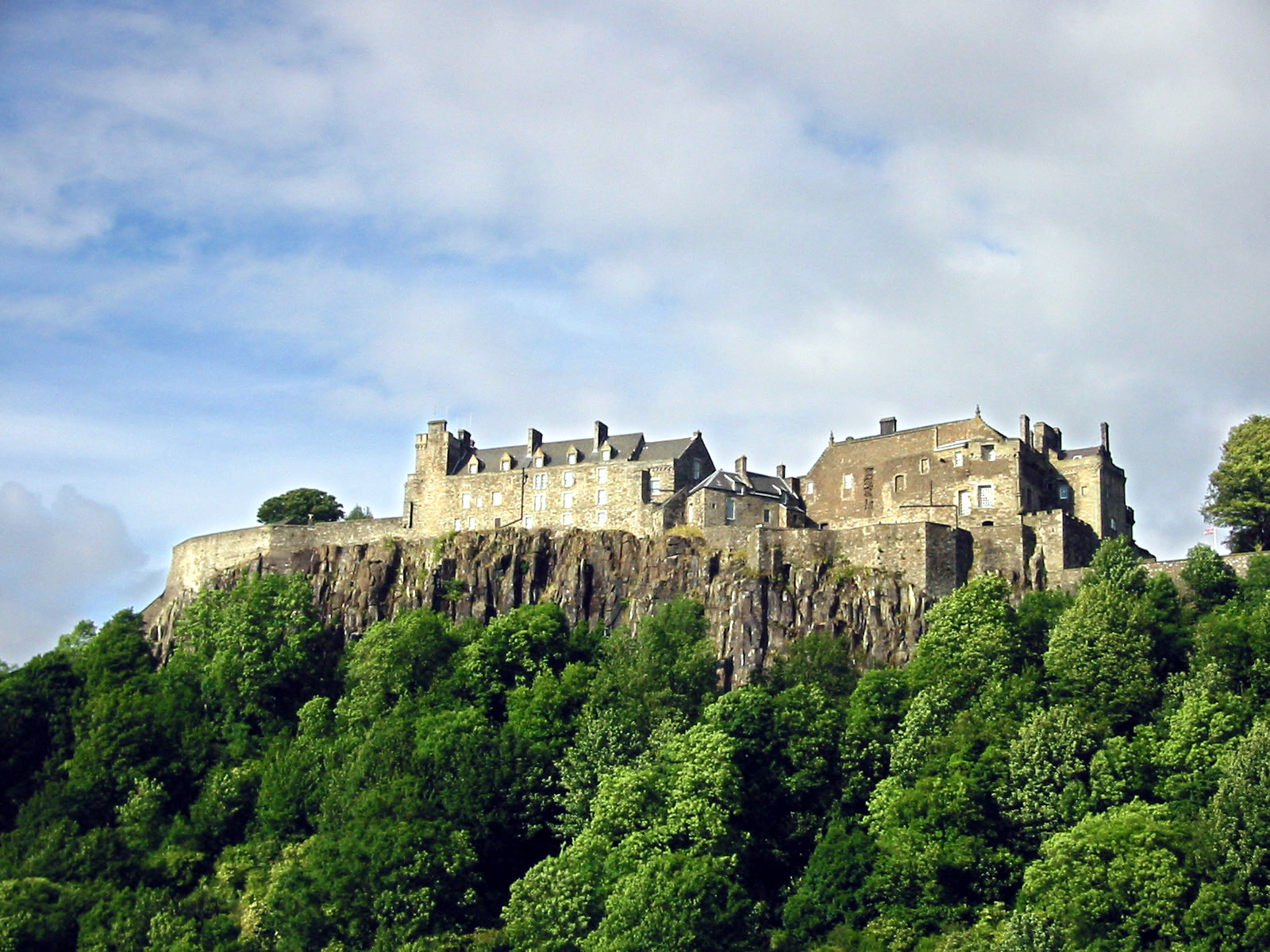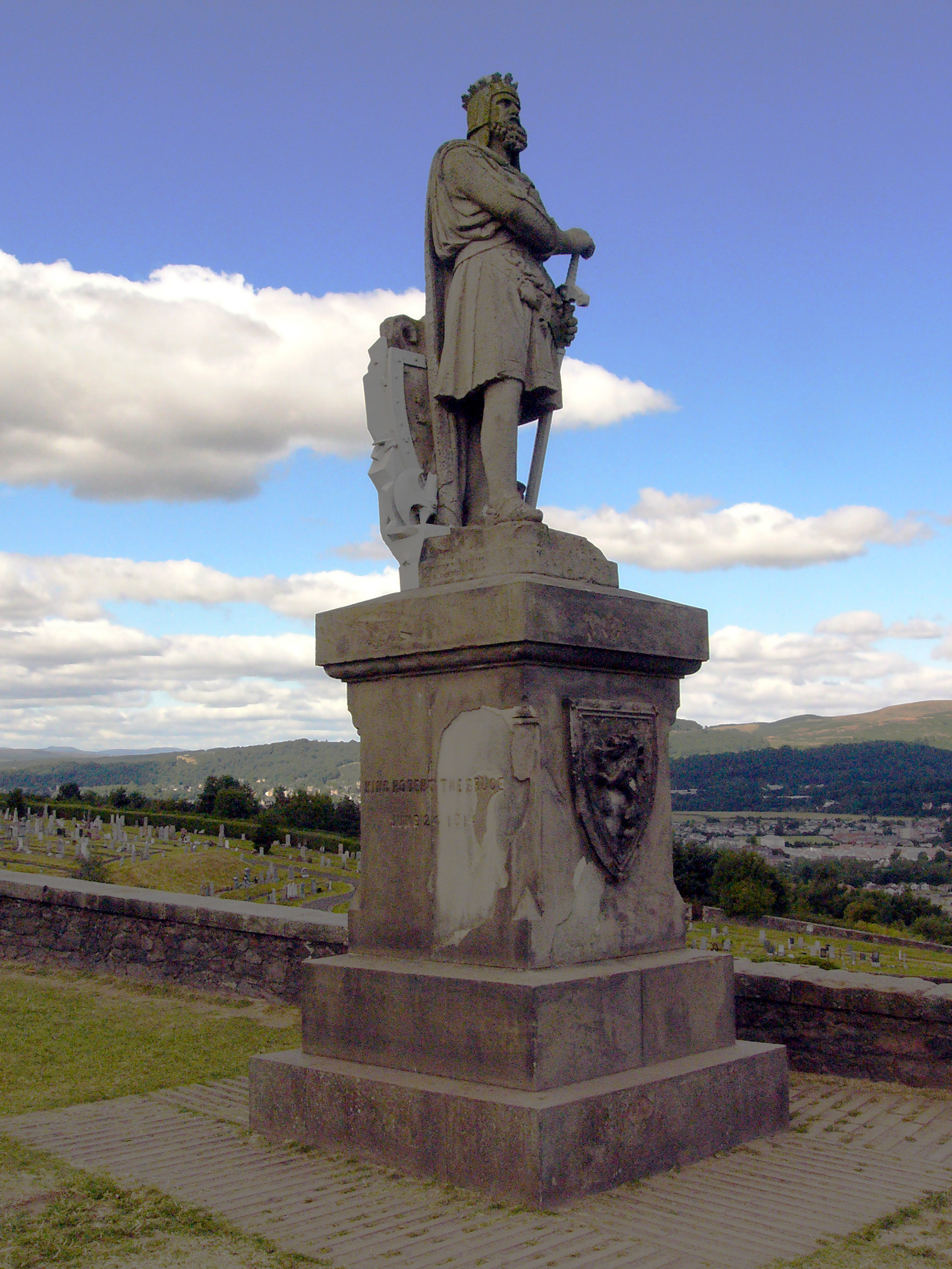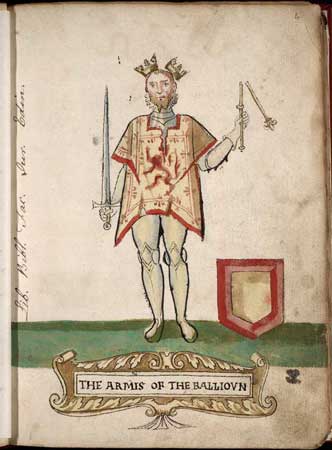|
Clan Forsyth
Clan Forsyth (, IPA: �kʰɫ̪aun̴̪ˈfɛɾʃɪhə is a Scottish clan.Way, George and Squire, Romily. ''Collins Scottish Clan & Family Encyclopedia''. (Foreword by The Rt Hon. The Earl of Elgin KT, Convenor, The Standing Council of Scottish Chiefs). Published in 1994. Pages 140 – 141. History Origins of the clan The Clan Forsyth's history dates back to before the twelfth century and as is usually the case with families who date back this far, the derivation of the family's surname is uncertain. If the name is of Celtic origin, then it may derive from ''Fearsithe'', which is Scottish Gaelic for ''man of peace''. However, there is a tradition that gives a Norman origin from ''Forsach'', who was amongst the Norsemen who settled on lands on the River Dordogne in Aquitaine, France. The Viscomte de Fronsoc accompanied Eleanor of Provence to marry Henry III of England in London and from 1236 to 1246 lived at the English court. This family are believed to have obtained lands in Nort ... [...More Info...] [...Related Items...] OR: [Wikipedia] [Google] [Baidu] |
Scottish Lowlands
The Lowlands ( or , ; , ) is a cultural and historical region of Scotland. The region is characterised by its relatively flat or gently rolling terrain as opposed to the mountainous landscapes of the Scottish Highlands. This area includes cities like Edinburgh and Glasgow and is known for its fertile farmland, historic sites, and urban centres. It is the more populous and industrialised part of Scotland compared to the sparsely populated Highlands. Culturally, the Lowlands and the Scottish Highlands, Highlands diverged from the Late Middle Ages into the modern period, when Scots language, Lowland Scots replaced Scottish Gaelic throughout most of the Lowlands. Geography Geographically, Scotland is divided into three distinct areas: the Scottish Highlands, Highlands, the Central plain (Central Belt, in the Central Lowlands), and the Southern Uplands. The Lowlands cover roughly the latter two. The northeast plain is also "low-land", both geographically and culturally, but in ... [...More Info...] [...Related Items...] OR: [Wikipedia] [Google] [Baidu] |
Ragman Rolls
The Ragman Rolls are the collection of instruments by which the nobility and gentry of Scotland subscribed allegiance to King Edward I of England, during the time between the Conference of Norham in May 1291 and the final award in favour of Balliol in November 1292; and again in 1296. Of the former of these records two copies were preserved in the Chapter House at Westminster Abbey (now in the National Archives at Kew), and it has been printed by Thomas Rymer. Another copy, preserved originally in the Tower of London, is now also in the National Archives. The latter record, containing the various acts of homage and fealty extorted by Edward from John Balliol and others in the course of his progress through Scotland in the summer of 1296 and in August at the parliament of Berwick, was published by Prynne from the copy in the Tower and now in the National Archives. Both records were printed by the Bannatyne Club in 1834. The derivation of the word ''ragman'' is described in s ... [...More Info...] [...Related Items...] OR: [Wikipedia] [Google] [Baidu] |
Edinburgh
Edinburgh is the capital city of Scotland and one of its 32 Council areas of Scotland, council areas. The city is located in southeast Scotland and is bounded to the north by the Firth of Forth and to the south by the Pentland Hills. Edinburgh had a population of in , making it the List of towns and cities in Scotland by population, second-most populous city in Scotland and the List of cities in the United Kingdom, seventh-most populous in the United Kingdom. The Functional urban area, wider metropolitan area had a population of 912,490 in the same year. Recognised as the capital of Scotland since at least the 15th century, Edinburgh is the seat of the Scottish Government, the Scottish Parliament, the Courts of Scotland, highest courts in Scotland, and the Palace of Holyroodhouse, the official residence of the Monarchy of the United Kingdom, British monarch in Scotland. It is also the annual venue of the General Assembly of the Church of Scotland. The city has long been a cent ... [...More Info...] [...Related Items...] OR: [Wikipedia] [Google] [Baidu] |
Ayrshire
Ayrshire (, ) is a Counties of Scotland, historic county and registration county, in south-west Scotland, located on the shores of the Firth of Clyde. The lieutenancy areas of Scotland, lieutenancy area of Ayrshire and Arran covers the entirety of the historic county as well as the island of Arran, formerly part of the historic county of Buteshire. Its principal towns include Ayr, Kilmarnock and Irvine, North Ayrshire, Irvine and it borders the counties of Renfrewshire and Lanarkshire to the north-east, Dumfriesshire to the south-east, and Kirkcudbrightshire and Wigtownshire to the south. Like many other counties of Scotland, it currently has no administrative function, instead being sub-divided into the council areas of East Ayrshire, North Ayrshire and South Ayrshire. It has a population of approximately 366,800. The electoral and valuation area named Ayrshire covers the three council areas of East Ayrshire, North Ayrshire and South Ayrshire, therefore covering the whole histo ... [...More Info...] [...Related Items...] OR: [Wikipedia] [Google] [Baidu] |
Glasgow
Glasgow is the Cities of Scotland, most populous city in Scotland, located on the banks of the River Clyde in Strathclyde, west central Scotland. It is the List of cities in the United Kingdom, third-most-populous city in the United Kingdom and the 27th-most-populous city in Europe, and comprises Wards of Glasgow, 23 wards which represent the areas of the city within Glasgow City Council. Glasgow is a leading city in Scotland for finance, shopping, industry, culture and fashion, and was commonly referred to as the "second city of the British Empire" for much of the Victorian era, Victorian and Edwardian eras. In , it had an estimated population as a defined locality of . More than 1,000,000 people live in the Greater Glasgow contiguous urban area, while the wider Glasgow City Region is home to more than 1,800,000 people (its defined functional urban area total was almost the same in 2020), around a third of Scotland's population. The city has a population density of 3,562 p ... [...More Info...] [...Related Items...] OR: [Wikipedia] [Google] [Baidu] |
Lanarkshire
Lanarkshire, also called the County of Lanark (; ), is a Counties of Scotland, historic county, Lieutenancy areas of Scotland, lieutenancy area and registration county in the Central Lowlands and Southern Uplands of Scotland. The county is no longer used for local government purposes, but gives its name to the two modern council areas of North Lanarkshire and South Lanarkshire. The county was established as a shire (the area controlled by a sheriff principal, sheriff) in the twelfth century, covering most of the basin of the River Clyde. The area was sometimes known as Clydesdale. In the early fifteenth century the western part of the shire was removed to become Renfrewshire (historic), Renfrewshire. The historic county of Lanarkshire includes Glasgow, but the city had a separate lieutenancy areas of Scotland, lieutenancy from 1893. A Lanarkshire County Council existed from 1890 until 1975, which was based in Glasgow until 1964 when it moved to Hamilton, South Lanarkshire, Hamil ... [...More Info...] [...Related Items...] OR: [Wikipedia] [Google] [Baidu] |
Stirling
Stirling (; ; ) is a City status in the United Kingdom, city in Central Belt, central Scotland, northeast of Glasgow and north-west of Edinburgh. The market town#Scotland, market town, surrounded by rich farmland, grew up connecting the royal Stirling Castle, citadel, the medieval old town with its merchants and tradesmen, the Stirling Old Bridge, Old Bridge and the port. Located on the River Forth, Stirling is the administrative centre for the Stirling (council area), Stirling council area, and is traditionally the county town and historic county of Stirlingshire. Stirling's key position as the lowest bridging point of the River Forth before it broadens towards the Firth of Forth made it a focal point for travel north or south. It has been said that "Stirling, like a huge brooch clasps Scottish Highlands, Highlands and Scottish Lowlands, Lowlands together". The city's status as "Gateway to the Highlands" also historically lent it great strategic importance—the credo "he who ... [...More Info...] [...Related Items...] OR: [Wikipedia] [Google] [Baidu] |
Robert II Of Scotland
Robert II (2 March 1316 – 19 April 1390) was List of Scottish monarchs, King of Scots from 1371 to his death in 1390. The son of Walter Stewart, 6th High Steward of Scotland, and Marjorie Bruce, Marjorie, daughter of King Robert the Bruce, he was named Robert Stewart. Upon the death of his uncle David II of Scotland, David II, Robert succeeded to the throne as the first monarch of the House of Stuart. Edward Bruce had been the List of heirs of Scotland, heir presumptive for his older brother Robert the Bruce, but Edward had no children when he was killed in the Battle of Faughart on 14 October 1318. Marjorie Bruce had died probably in 1317 in a riding accident and Parliament of Scotland, Parliament decreed her infant son, Robert Stewart, as heir presumptive, but this lapsed on 5 March 1324 on the birth of a son, David, to King Robert and his second wife, Elizabeth de Burgh. Robert Stewart became High Steward of Scotland on his father's death on 9 April 1327, and in the same y ... [...More Info...] [...Related Items...] OR: [Wikipedia] [Google] [Baidu] |
Stirling Castle
Stirling Castle, located in Stirling, is one of the largest and most historically and architecturally important castles in Scotland. The castle sits atop an Intrusive rock, intrusive Crag and tail, crag, which forms part of the Stirling Sill geological formation. It is surrounded on three sides by steep cliffs, giving it a strong defensive position. Its strategic location, guarding what was, until the 1890s, the lowest bridging point, farthest downstream crossing of the River Forth, has made it an important fortification in the region from the earliest times. Most of the principal buildings of the castle date from the fifteenth and sixteenth centuries. A few structures remain from the fourteenth century, while the outer defences fronting the town date from the early eighteenth century. Before the union with England, Stirling Castle was also one of the most used of the many Scottish royal residences, very much a palace as well as a fortress. Several List of Scottish monarchs, Sc ... [...More Info...] [...Related Items...] OR: [Wikipedia] [Google] [Baidu] |
Battle Of Bannockburn
The Battle of Bannockburn ( or ) was fought on 23–24 June 1314, between the army of Robert the Bruce, King of Scots, and the army of King Edward II of England, during the First War of Scottish Independence. It was a decisive victory for Robert Bruce and formed a major turning point in the war, which ended 14 years later with the ''de jure'' restoration of Scottish independence under the Treaty of Edinburgh–Northampton. For this reason, the Battle of Bannockburn is widely considered a landmark moment in Scottish history. King Edward II invaded Scotland after Bruce demanded in 1313 that all supporters still loyal to ousted Scottish king John Balliol acknowledge Bruce as their king or lose their lands. Stirling Castle, a Scots royal fortress occupied by the English, was under siege by the Scottish army. King Edward assembled a formidable force of soldiers to relieve it—the largest army ever to invade Scotland. The English summoned 25,000 infantry soldiers and 2,000 horse ... [...More Info...] [...Related Items...] OR: [Wikipedia] [Google] [Baidu] |
Wars Of Scottish Independence
The Wars of Scottish Independence were a series of military campaigns fought between the Kingdom of Scotland and the Kingdom of England in the late 13th and 14th centuries. The First War (1296–1328) began with the English invasion of Scotland in 1296 and ended with the signing of the Treaty of Edinburgh–Northampton in 1328. The Second War (1332–1357) began with the English-supported invasion by Edward Balliol and the "Disinherited" in 1332 and ended in 1357 with the signing of the Treaty of Berwick. The wars were part of a great crisis for Scotland, and the period became one of the most defining times in its history. At the end of both wars, Scotland retained its status as an independent state. The wars were important for other reasons, such as the emergence of the longbow as a key weapon in medieval warfare. The First War of Independence: 1296–1328 Background King Alexander III of Scotland died in 1286, leaving his three-year-old granddaughter Margaret, Maid ... [...More Info...] [...Related Items...] OR: [Wikipedia] [Google] [Baidu] |







